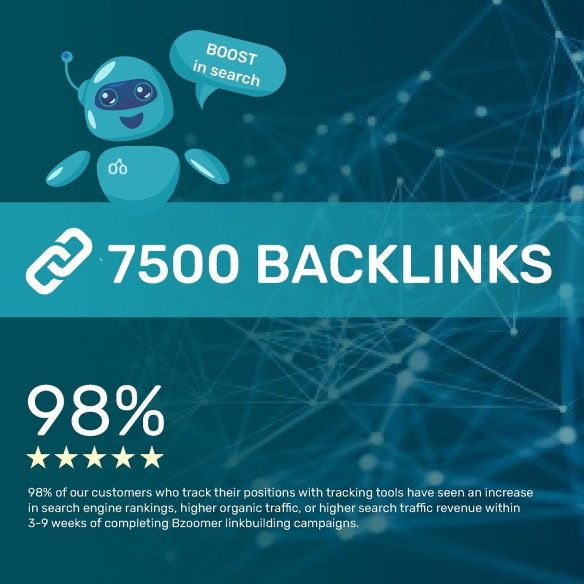In today's fast-paced business environment, effective project management is crucial for success. As projects grow in complexity, the need for tools that can simplify and streamline workflows has never been greater. Visual project management tools have emerged as a powerful solution, offering teams a clear and intuitive way to manage tasks, timelines, and resources. In this article, we’ll explore the benefits of visual project management tools and how they can transform the way your team works.
What Are Visual Project Management Tools?
Visual project management tools are platforms that use visual elements, such as boards, charts, timelines, and diagrams, to help teams organize and manage their projects. These tools provide a visual representation of tasks, deadlines, and team members’ responsibilities, making it easier to understand the project’s status at a glance.
Unlike traditional project management methods, which often rely on text-heavy lists and spreadsheets, visual tools offer a more intuitive approach. By incorporating visual elements, these tools enable teams to see the big picture and drill down into details without getting lost in a sea of information.
Key Features of Visual Project Management Tools
Visual project management tools come with a variety of features designed to enhance team collaboration and productivity. Here are some of the most common features:
-
Kanban Boards: Kanban boards are a staple in visual project management. They allow teams to track tasks through different stages of completion, from "To Do" to "In Progress" to "Done." This visual approach makes it easy to see what tasks need attention and where potential bottlenecks may occur.
-
Gantt Charts: Gantt charts provide a timeline view of a project, showing the start and end dates of tasks, as well as dependencies between them. This is particularly useful for managing complex projects with multiple moving parts.
-
Mind Maps: Mind mapping tools help teams brainstorm and organize ideas visually. They are great for planning out the scope of a project, breaking down tasks, and seeing how different components of a project are connected.
-
Dashboards: Dashboards give a high-level overview of the project’s progress, key metrics, and milestones. They are customizable and can be tailored to show the most relevant information for different stakeholders.
-
Resource Allocation: Visual tools often include resource management features, allowing project managers to assign tasks to team members based on availability and skill sets. This helps ensure that resources are used efficiently and that team members are not overburdened.
Benefits of Using Visual Project Management Tools
The use of visual project management tools offers several significant benefits that can improve the efficiency and success of your projects.
1. Improved Clarity and Understanding
Visual tools present information in a way that is easy to digest. By seeing tasks and deadlines laid out visually, team members can quickly understand what needs to be done and when. This reduces the likelihood of miscommunication and ensures that everyone is on the same page.
2. Enhanced Team Collaboration
Collaboration is key to successful project management. Visual tools facilitate collaboration by providing a shared platform where all team members can see and update the status of tasks. This transparency helps prevent duplicate work, allows for real-time updates, and encourages team members to work together to meet deadlines.
3. Increased Accountability
With visual project management tools, it’s clear who is responsible for each task. This visibility increases accountability, as team members know that their contributions are being tracked and that others depend on them to complete their tasks. This can lead to a more motivated and productive team.
4. Streamlined Workflow
By using visual tools, teams can streamline their workflow and eliminate unnecessary steps. For example, a Kanban board can help teams identify tasks that are stuck in the pipeline and address them quickly, preventing delays. Gantt charts, on the other hand, can help teams manage dependencies and ensure that tasks are completed in the correct order.
5. Better Decision-Making
Having a visual overview of a project allows managers to make informed decisions based on real-time data. Whether it's reallocating resources, adjusting timelines, or prioritizing tasks, visual tools provide the insights needed to make strategic decisions that keep the project on track.
Choosing the Right Visual Project Management Tool
With so many visual project management tools available, choosing the right one for your team can be challenging. Here are some factors to consider when selecting a tool:
-
Ease of Use: The tool should be intuitive and easy for all team members to use, regardless of their technical expertise.
-
Customization: Look for a tool that allows you to customize dashboards, workflows, and reports to suit your team’s needs.
-
Integration: The tool should integrate seamlessly with other software your team uses, such as communication tools, document storage, and resource management systems.
-
Scalability: Choose a tool that can grow with your team and accommodate more complex projects as your needs evolve.
-
Support and Training: Ensure that the provider offers adequate support and training to help your team get the most out of the tool.
Implementing Visual Project Management in Your Team
Successfully implementing a visual project management tool requires more than just choosing the right software. Here are some steps to ensure a smooth transition:
-
Get Buy-In from the Team: Involve your team in the decision-making process and explain the benefits of using visual tools. When team members see how these tools can make their jobs easier, they are more likely to embrace the change.
-
Provide Training: Offer training sessions to help team members understand how to use the tool effectively. This could include hands-on workshops, online tutorials, or one-on-one coaching.
-
Start Small: Begin by implementing the tool on a small project to allow the team to get comfortable with it. As they gain confidence, you can gradually expand its use to larger, more complex projects.
-
Monitor and Adjust: Regularly review how the tool is being used and make adjustments as needed. Gather feedback from the team to identify any challenges and address them promptly.
Conclusion
Visual project management tools are transforming the way teams plan, execute, and monitor projects. By providing a clear, intuitive way to manage tasks and timelines, these tools enhance collaboration, streamline workflows, and improve decision-making. As you explore different options, keep your team’s specific needs in mind to choose the tool that will best support your projects. With the right visual project management tool, you can take your team’s productivity and efficiency to the next level.



